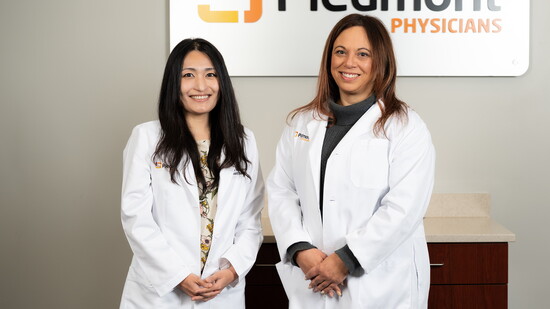According to the American Cancer Society, approximately 13% of women in the United States will be diagnosed with invasive breast cancer in their lifetime. Early detection is the key to treating and surviving breast cancer. If detected early enough, some tumors do not require chemotherapy or radiation treatment. There are several ways to detect breast cancer. In addition to mammograms, doctors also recommend regular self-examinations. When conducting a self-examination, a woman should look for any changes in appearance and feel for unusual lumps, skin changes, or swelling. A clinical breast exam is also helpful.
“Mammograms alone are not enough,” said Nicole Sroka, M.D., a board-certified breast surgeon at Piedmont Fayette Hospital. “Mammography detects around 84% of breast cancers in women without symptoms. If you add in an ultrasound, that number increases to 89%. By adding clinical breast exams, that number increases to 92%.”
Women ages forty and over should resolve to make a mammogram and a breast exam part of their annual physical examinations.
In a standard mammography, there are two pictures taken of each breast. When that first picture is taken, the breast is compressed between a plastic plate, and the tissue is squished together to form one image.
Unfortunately, this technique causes tissue to overlap on itself when radiologists look at the final picture. A cancer may be obscured by surrounding dense breast tissue, making it difficult to detect. Alternatively, a woman may be recalled for a finding that represents normal, overlapping tissue. This is known as a false-positive. Many women get recalled after a screening mammogram because radiologists see images that look like breast cancer, but when you do the initial workup, there’s no cancer.
Tomosynthesis, or 3D Mammography, combats this problem by taking 15 mini-exposures instead of one. This form of imaging produces a series of contiguous, thin slices of breast tissue, allowing doctors to examine breast tissue one layer at a time.
By performing regular self-examinations and getting an annual mammogram, any changes occurring in the breast tissue should hopefully be discovered early enough to detect breast cancer at an early stage.
Visit piedmont.org/fayette for information on imaging and oncology services at Piedmont Fayette.
